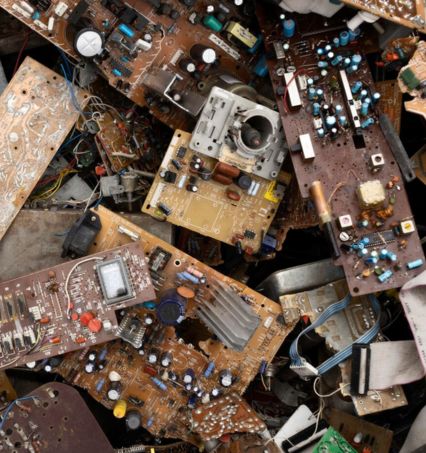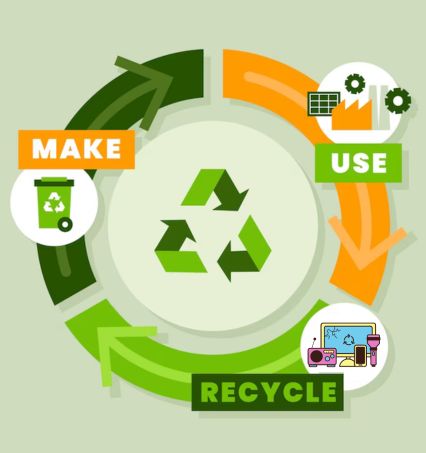- Contact No : +91 9137316557 /8652346022

E-waste, also known as electronic waste, encompasses electrical and electronic products that have been discarded, recycled, or refurbished. This category includes a variety of items such as computers, televisions, VCRs, stereos, copiers, fax machines, and other commonplace electronic products. E-waste is characterized by being unwanted, non-functional, and either approaching or already at the end of its operational lifespan. The environmental impact and potential health hazards linked to improper disposal make e-waste a significant concern. Given that e-waste contains hazardous materials, ensuring its proper management is essential to safeguard the environment and protect public health.
E-waste, or electronic waste, poses significant environmental and health risks due to the presence of toxic materials such as lead, cadmium, and beryllium. To address these challenges, e-waste recycling is a crucial process that involves extracting valuable materials from discarded electronic devices to be reused in new electronic appliances. However, several challenges currently hinder the scaling up of the electronic recycling industry. E-waste recycling programs and initiatives play a vital role in promoting responsible e-waste management, recycling, and environmental protection. These programs provide accessible and sustainable solutions for the proper disposal and recycling of electronic waste, contributing to resource conservation and the reduction of environmental pollution.
Electronic waste, or e-waste, has emerged as a significant environmental concern due to its profound impact on ecosystems. The improper disposal and management of electronic devices contribute to the release of hazardous materials, such as lead, mercury, cadmium, and brominated flame retardants, into the environment. These toxic substances can infiltrate soil and water sources, posing serious threats to plant and animal life. Additionally, the incineration of e-waste releases harmful chemicals into the air, further contributing to air pollution.
The rapid technological advancements and the accelerated rate of electronic device consumption exacerbate the e-waste problem. Discarded smartphones, computers, and other electronic gadgets contain valuable materials that, when not recycled properly, lead to resource depletion. Moreover, the sheer volume of e-waste generated globally strains waste management systems, increasing the risk of environmental contamination.
Addressing the e-waste impact on the environment requires comprehensive strategies, including widespread awareness campaigns, efficient recycling programs, and regulatory measures. By promoting responsible e-waste disposal and recycling practices, we can mitigate the environmental repercussions and work towards a more sustainable and eco-friendly approach to electronic device consumption.


